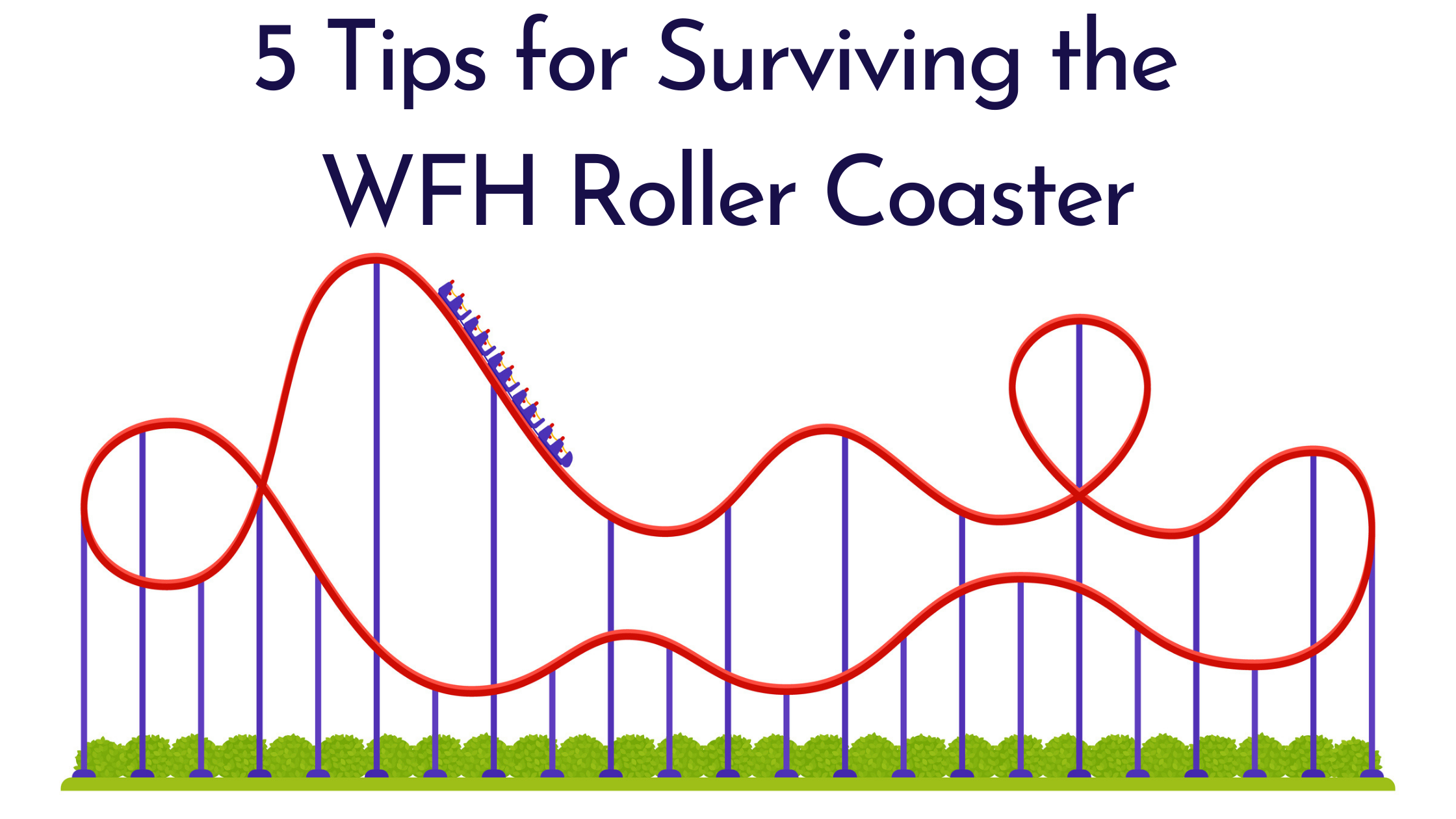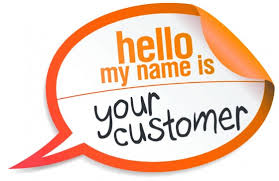The Best Way to Send Emails
3Leaf is featured as a guest blogger again this week at act.com. Check it out or read on. . .
Do you e-mail your clients? Of course you do! Written communication has long been the top method to communicate in business, with e-mail taking the lead overall as computers and internet connected devices infiltrated out lives. What is the right way to send e-mail to your clients?
Yes, there is a right, or at least a best way to send e-mails to your clients. To know which is best is all about the circumstance. A few factors that play into how to send include:
• Your audience – who are you sending to
• Size of your send – how many recipients are in your send
• E-mail design – what your e-mail should look like plays into the best way to send your e-mail
Sending to one Contact
When your audience is one, or even a couple of Contacts, your e-mail client – like Outlook® – is easy, quick and efficient. Act! can even records a history of the e-mail sent. (You can follow the instructions in this Act! KB article to integrate your Outlook® & Act!.)
 This is great if you have a simple, primarily text only, message you need to send. You can click on the e-mail address in Act! and your e-mail client opens, or you can simply send the e-mail directly from Outlook® and the Act! e-mail integration will make sure it’s dropped in the Contact’s history tab.
This is great if you have a simple, primarily text only, message you need to send. You can click on the e-mail address in Act! and your e-mail client opens, or you can simply send the e-mail directly from Outlook® and the Act! e-mail integration will make sure it’s dropped in the Contact’s history tab.
Sending to Multiple Contacts
This can be a subject of deep discussion with many of our customers. Before we get into the “right way” to manage these types of sends, it warrants a little education of the why behind the how. If you are sending to multiple Contacts via e-mail, you are more noticeable to spam filters.
Spam filters – According to good old Merriam-Webster, Spam – noun – e-mail that is not wanted: e-mail that is sent to large numbers of people and that consists mostly of advertising.
You may shake your head and say “I’m not sending spam. I’m not sending to a “large” number of people, and everyone wants the info I’m sending them.”
Think about e-mails as letters. If you take 25 pieces of mail to the post office at one time, someone will notice. Spam filters are similar. There are so many spam monitors out there, that chances are one of them will notice. Depending on the thresholds of the different spam cops out there, you are running the risk of being tagged as a spam sender.
So, before you send those not-so-many e-mails straight out of your e-mail client, really think before you click.
Act! Templates & Mail Merge
If you are sending to a handful of Contacts, you’re confident what you are sending won’t fall into the land of spam, a mail merge to e-mail may be a good option. At the most basic level, you’ll:
1. Create an Act! template
2. Perform a Lookup
3. Perform your mail merge
Your recipients each receive an individual e-mail the history is recorded in Act!.
Act! Emarketing

Act! emarketing is a subscription based e-mail marketing tool, integrated right into your Act! database. We recommend using Act! emarketing when you are sending to a large number of Contacts – rule of thumb on “large” being 25 or more. A solution like Act! emarketing offers the ability to design an eye-catching e-mail, without any real design skills. You can schedule your send, and track the success of your send.
We even use Act! emarketing for one off e-mails, to single recipients, when we want to send an e-mail that is prettier than a regular e-mail, or we want tighter control over what the recipient will see on their end. Meaning, if you heavily design/format your e-mail in Outlook, there is no guarantee that your recipient’s e-mail client will display it even remotely close to what you designed. We like that we have tracking for opens & clicks.
Act! emarketing also ensures you’re compliant with spam rules, like offering an opt-out option. For us at 3Leaf, the biggest reasons to use Act! emarketing are:
• Design capabilities
• Personalization
• Call lists
• Reporting
• Scheduling
These are all tips that help ensure opens. That’s truly the key, isn’t it? You’re sending your e-mail with every intention of the recipient opening it. Why not use the best strategy to raise that likelihood?


